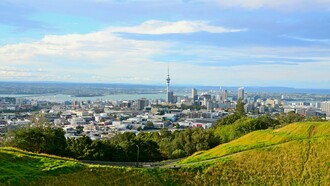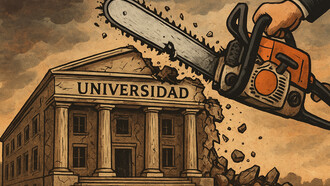Among the greatest dangers to human civilization are nuclear war and catastrophic climate change, dangers which also threaten the biosphere. In addition to these two existential threats, humans also face the threat of an extremely large-scale famine, involving billions of people, rather than millions. The beginning of this famine, which could involve much of the world's population by 2050, can already be seen.
Food prices have exploded because of the Ukraine war
Because, in normal circumstances, both Ukraine and Russia are very large exporters of grain, the war in Ukraine has caused food prices to increase drastically in every part of the world. The United Nations is greatly concerned with the effect that this will have on poor countries.
Fossil fuel inputs to agriculture
Modern high-yield agriculture requires very large inputs of fossil fuels. In their book, Food, Land, Population and the US Economy. Researchers David Pimental and Mario Giampietro point out that in the United States, the growing and marketing of food requires roughly ten fossil fuel calories for every food calorie. By 2050, supplies of petroleum and natural gas will be exhausted, and in any case, the use of fossil fuels must stop very quickly if we are to have a chance of avoiding catastrophic climate change. Thus, high-yield modern agriculture will become impossible by the middle of the present century. This is particularly true of the Green Revolution grain varieties on which India is currently dependent.
Predictions of drought
Many western and mid-western parts of the United States are already severely affected by drought, this situation is predicted to become worse because of increasing temperatures due to climate change. The same is true in many parts of the world, for example in eastern Africa, the Middle East, and some parts of southern Europe. The loss of agricultural output in these regions due to drought is a threat to food security.
Falling water tables
Falling water tables in China were the reason why China instituted its one-child policy. China has experienced many disastrous famines in the past. In the late 20th century, the Chinese government saw that water tables were falling at an alarming rate, and fearing another famine, they tried to halt their population growth by instituting a one-child policy.
In other parts of the world, water tables are also falling rapidly. For example, in the United States, the great Ogallala Aquifer is being overdrawn by a factor of eight. This enormous, shallow aquifer underlies portions of eight states.
Melting glaciers
Glaciers will soon cease to exist in many parts of the world, such as the Himalayas and the Andes. Both India and China rely on Himalayan glaciers for their summer water supplies, and the loss of these glaciers will severely impact food security in both China and India. Similarly, a number of countries in South America rely on glaciers in the Andes.
Rising sea levels
The melting of ice in the Arctic and Antarctic regions is producing sea-level rise at an accelerating rate. In the Antarctic, spreading cracks in the vast Thwaites glacier make scientists worried that the glacier will shatter like a windscreen, and trigger the collapse of nearby glaciers. If this happens, sea levels could increase by a huge amount, threatening all coastal cities. Even if this disaster is avoided, sea-level rise will drown many fertile rice-producing regions in countries such as Bangladesh and Vietnam.
Population stabilization
If the global population is plotted as a function of time over a very long period, from neolithic times until the present, and if the use of fossil fuels is plotted on the same graph, the two curves are seen to rise suddenly and dramatically together. This raises several questions: Has the human population explosion been partially driven by the use of fossil fuels? Will the population of humans crash disastrously when fossil fuels are exhausted or prohibited?
In any case, as Malthus pointed out, no population can exceed its food supply.















